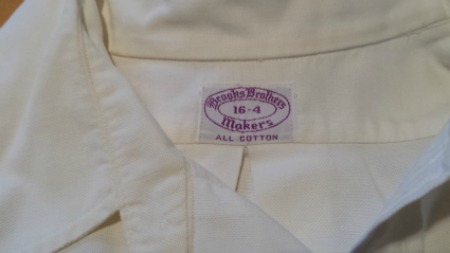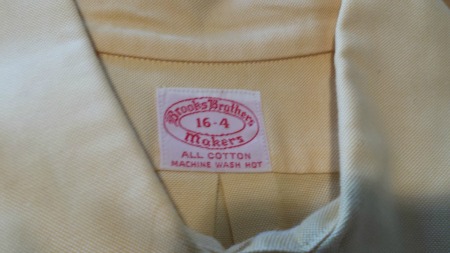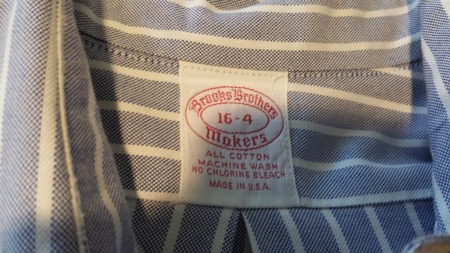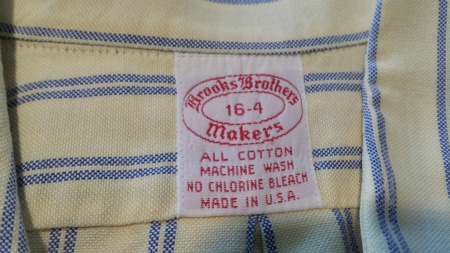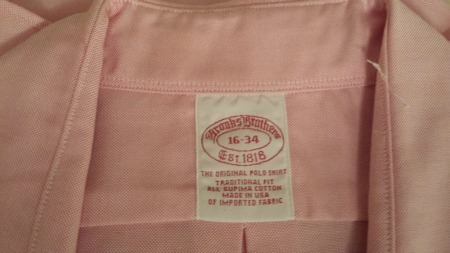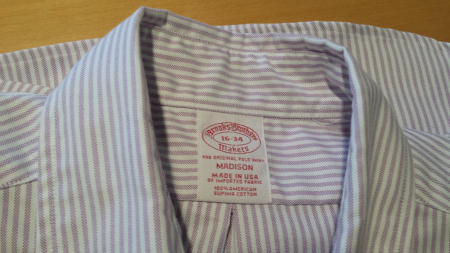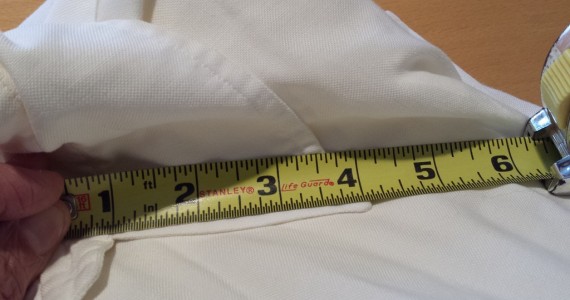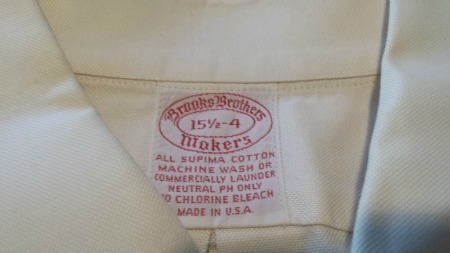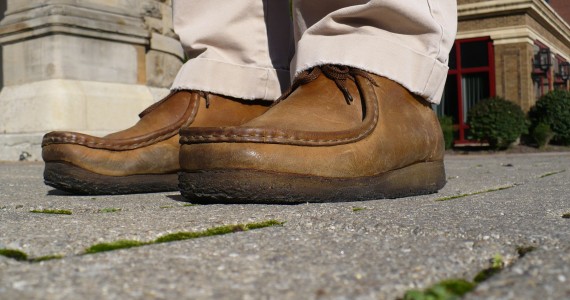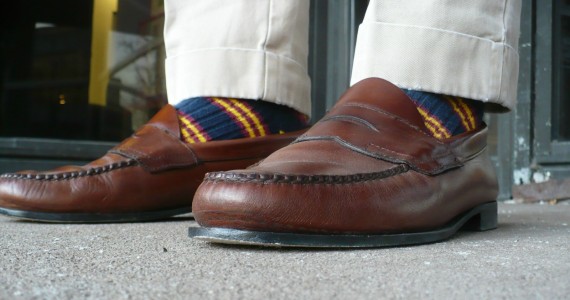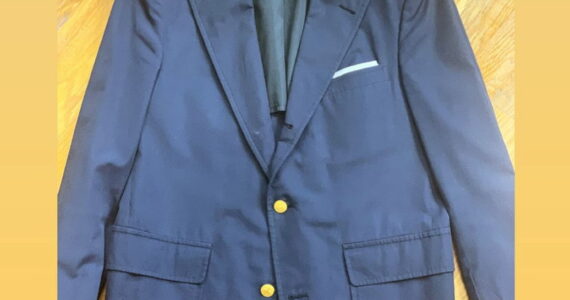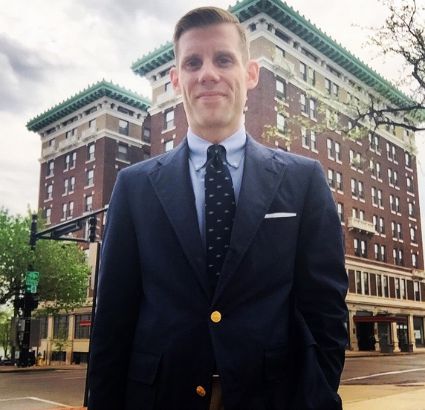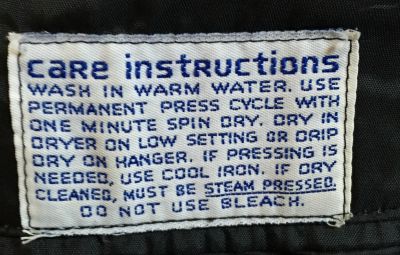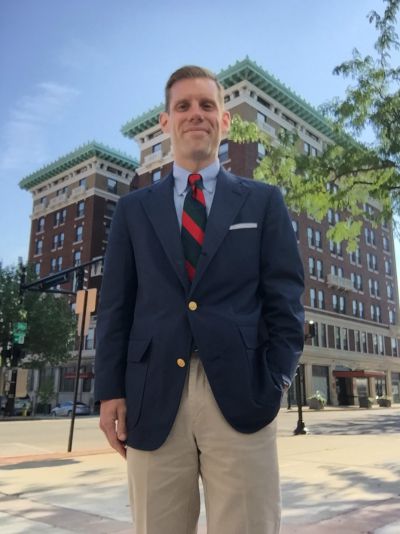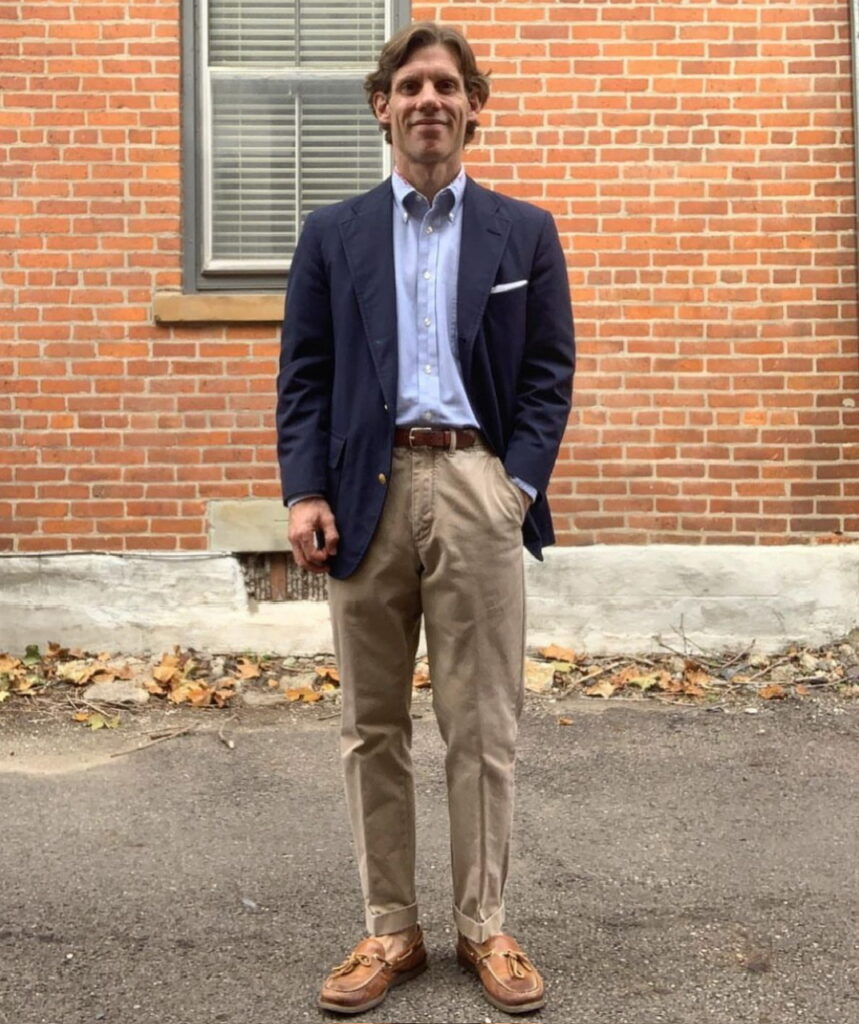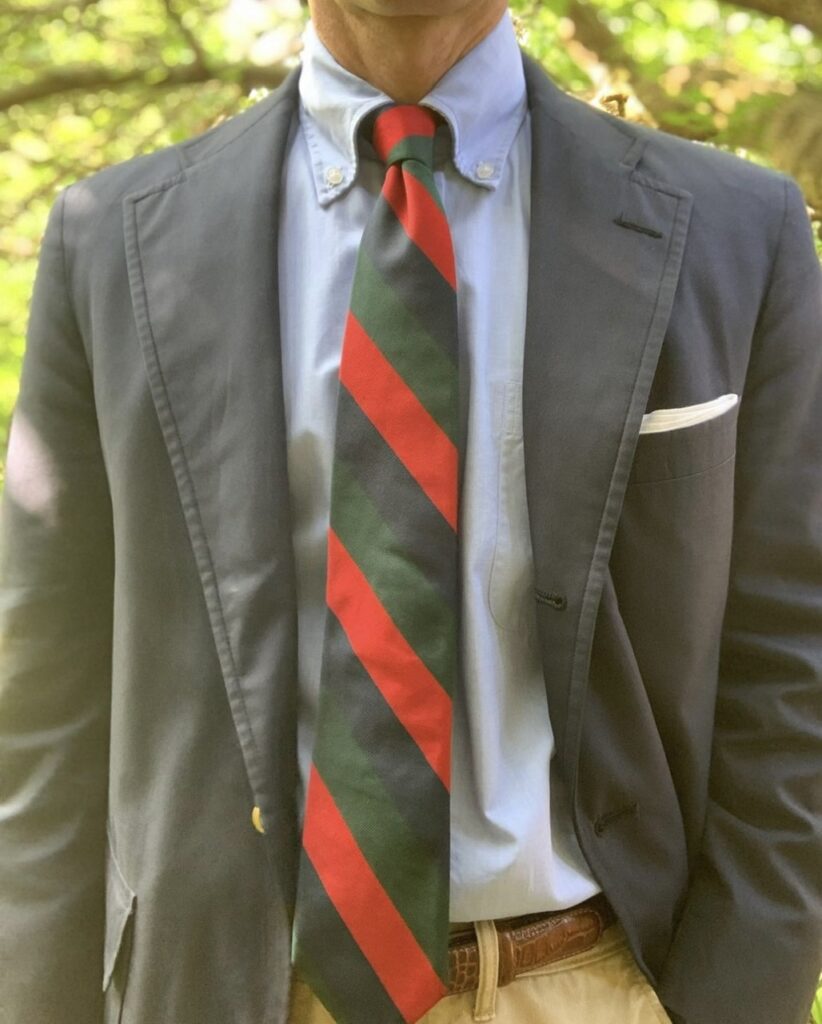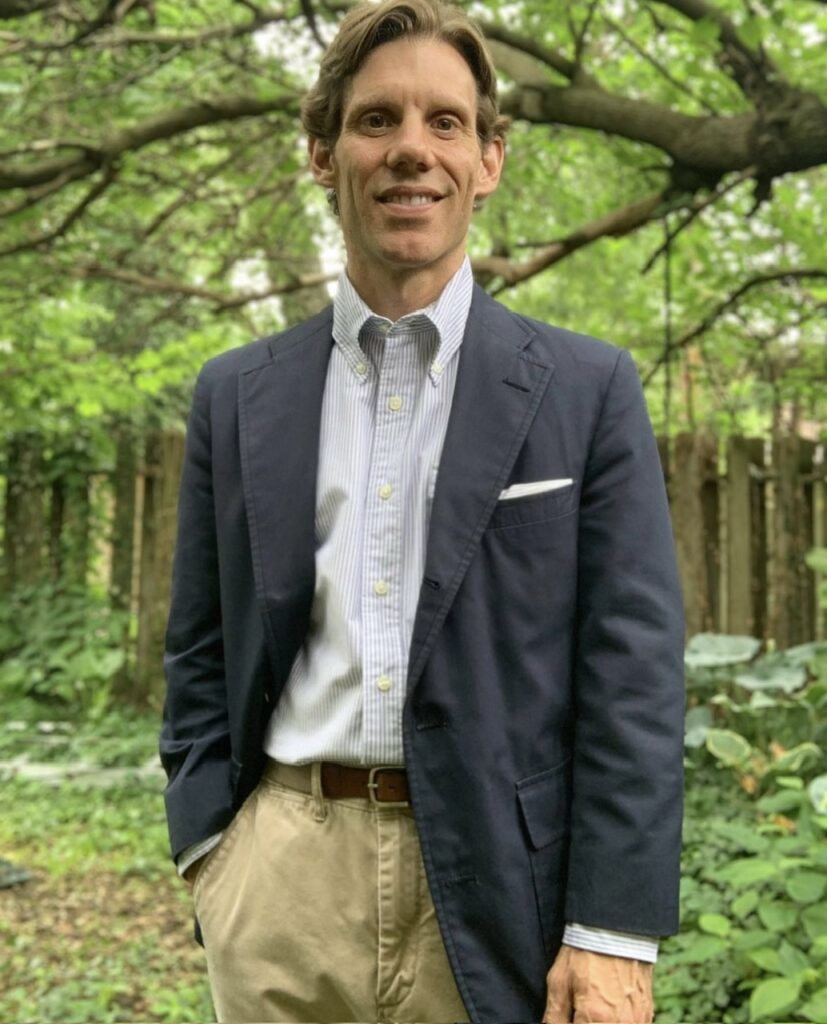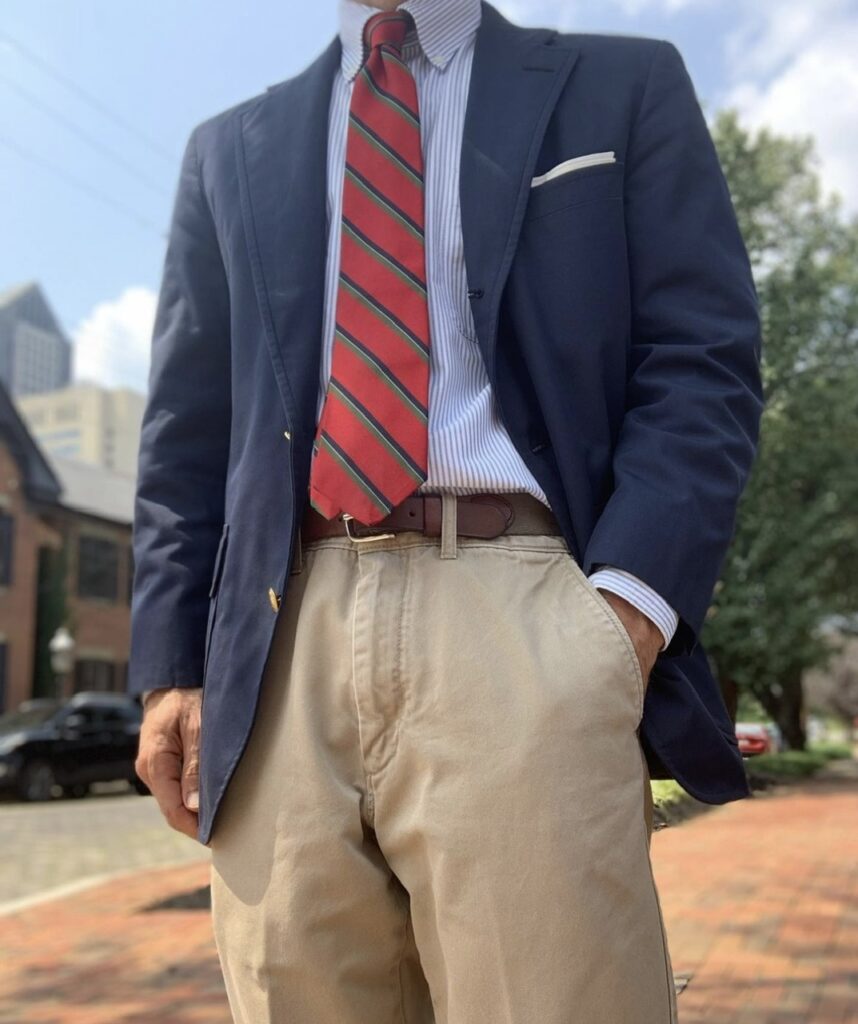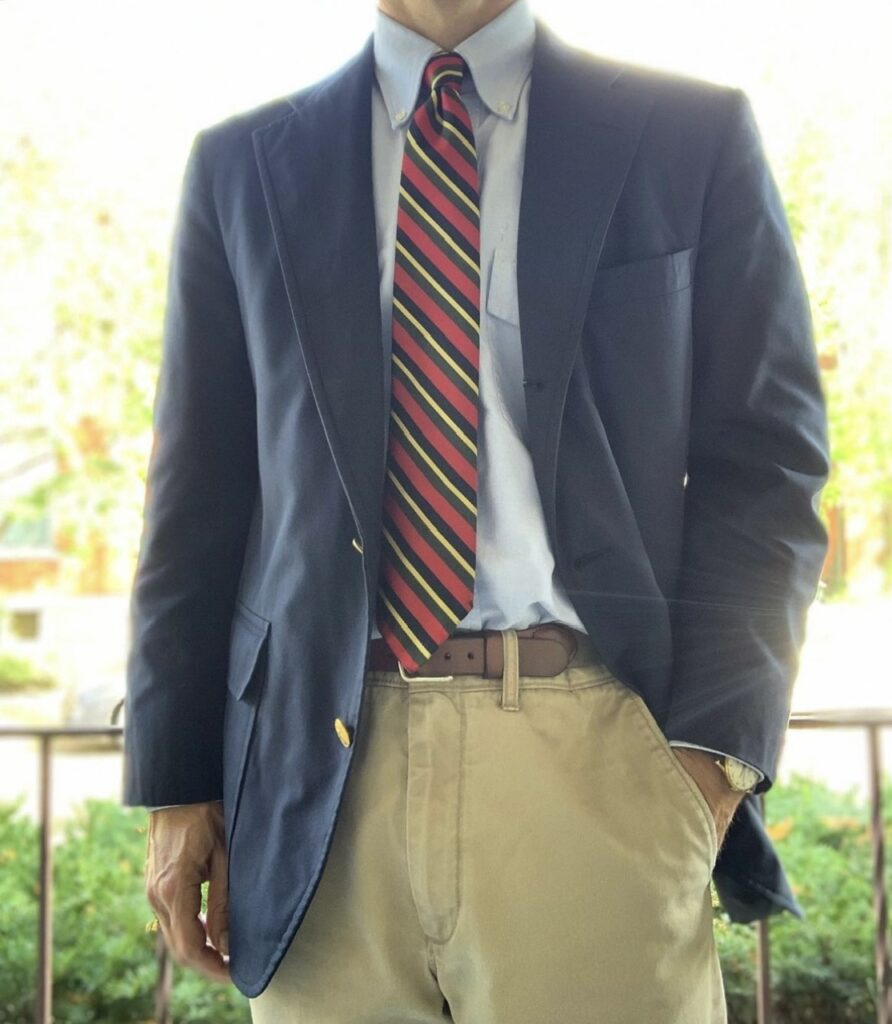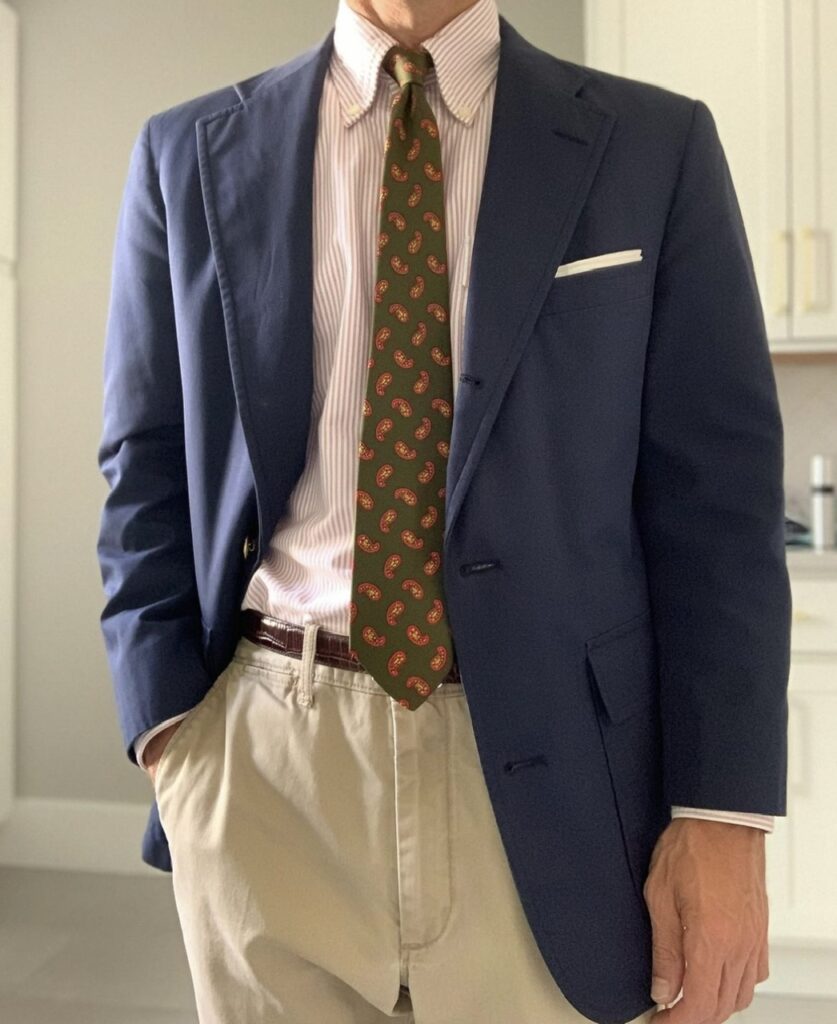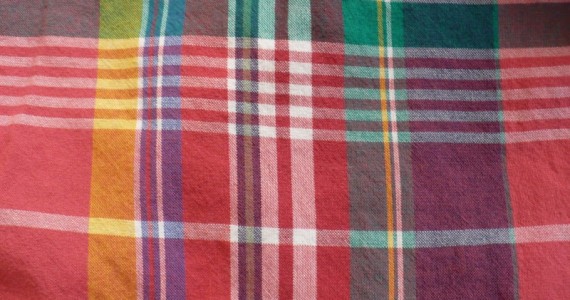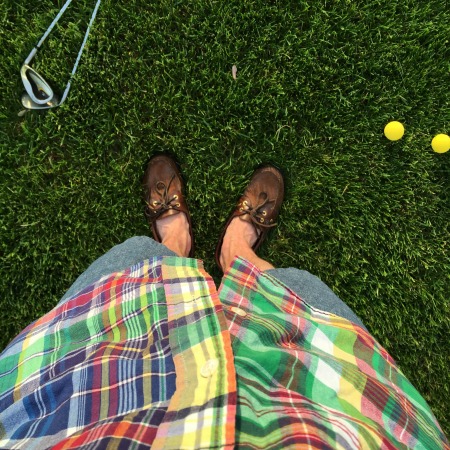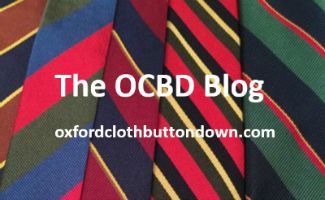This post may cause many Ivy League Style enthusiasts to cringe as it contains talk of sneakers, puffy down vests, and other items (like the Clark Wallabees above) that either never existed during the heyday or were not part of the look. Quite a few of these items are have been incorporated into the Trad look which includes elements of Ivy League style as well as Prep.
FNB commentator (The Talk Ivy Forum), and my internet pal Stanshall (this man has a mind like a steel trap!) just recently put together an extensive list (,dare I say definitive?) of late 70s Prep items. I think that this list along with a few images from the Heavy Tweed Jacket archive does a great job of illustrating how Prep bridges together Ivy League Style and Trad. Feast on the wealth of knowledge dropped by Stanshall below.
The Definitive Late 70s Prep Checklist
L. L. Bean, Orvis, Eddie Bauer, Lands’ End, Gokeys, Talbot’s –
Down vests
Norwegian sweaters
L. L. Bean chamois shirts
Gray marled ragg sweaters
Sperry Top-Siders
Blucher mocs
Camp mocs
Levi’s straight cords
Khaki chinos, washed-out
Wide-wale cords, washed heavily, on the short side
Brooks Brothers ocbds
Brooks Brothers fun shirts in multicolored stripes
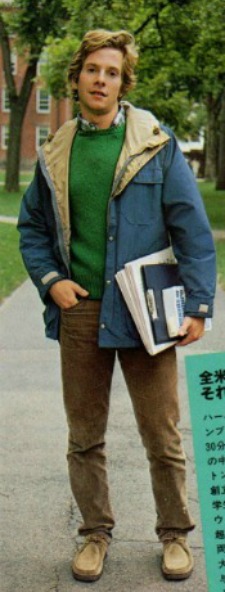
Bean mountain anoraks
60/40 parkas in various colors
Tretorn Nylites
Jack Purcells
Sperry canvas deck sneakers
Adidas Country, Stan Smith, Rod Laver
Boast or Lacoste longtail polo shirts, occasionally Fred Perry which was carried at the Co-Op
Nike white canvas tennis sneakers with toe bumper
Timberland boots
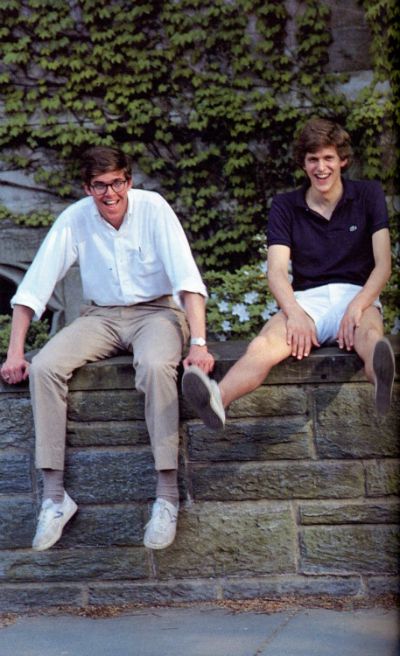 Shetland crewneck sweaters including Shaggy Dogs and extra points for patchwork Shaggy Dog in various shades of blue
Shetland crewneck sweaters including Shaggy Dogs and extra points for patchwork Shaggy Dog in various shades of blue
Bean brown canvas duffel bags
Ray-Ban aviators
Vuarnet skiing sunglasses (Lynx models)
Sweatshirts: crew; hoodie pullover; zip hoodies
Early fleece jackets, pre-Patagonia, e.g. Chuck Roast from New Hampshire
Brooks lambswool or cashmere v-neck sweaters
Custom printed t-shirts commemorating regatta, tournament, ski weekend, drinking championship, etc.
Bean ranger oxford
T-shirts and sweats from other schools you’ve played or visited or have a girlfriend at
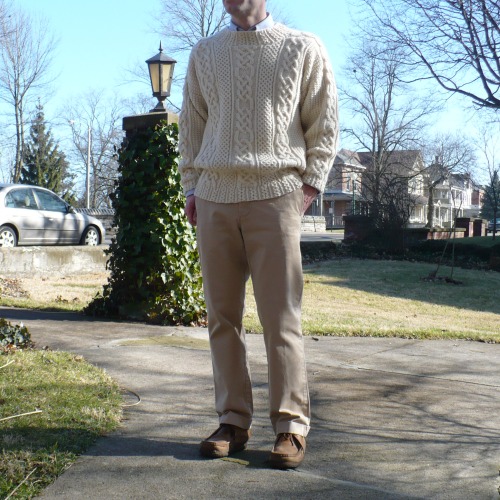 An example of the late 70s Prep influence
An example of the late 70s Prep influence
Brooksflannel viyella shirts in tattersalls
Bean Woodsman’s pants of heavy gray wool with faint large red overcheck
Bean boots and Maine Hunting Shoes, lace-ups, pull-on loungers, and buckled models too
NY Yankees caps
Foot-Joy squash shoes in white mesh with gray suede and tan rubber soles, low-cut or extra-preppy high-top
Squash racquets
Volvos and Saabs
Clarks Wallabees
Rugby shirts from the socce*r locker or serious sporting goods shop not the mall
Icelandic sweater from Antartex Shop
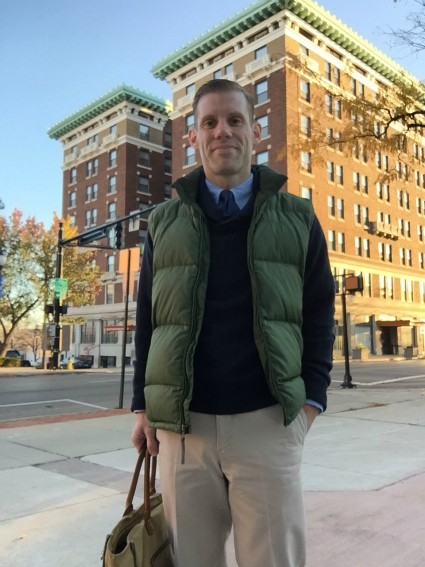 Another example of the late 70s Prep influence
Another example of the late 70s Prep influence
Bean corduroy weekend jacket (G9-style)
Bean sheepskin driver’s seat cover for the car
Bean “Peruvian”-type knit ski hat
Bean field watch, regular strap it came with
One blue blazer left over from high school, never to be worn, lives at bottom of pile of clothes in dorm closet and cannot be unrumpled
One tweed sport coat, either hand-me-down, thrift or from a proper shop
Couple of rumpled repp ties
Ragg socks only on coldest days
Good-quality old-school hiking boots
Straw hat from islands worn with tan first week after spring break
Walk shorts in September, April and May
As you can see not every Prep item on the list made into the Trad canon. This is similar to how Prep kept some of the Ivy League staples such 3/2 roll jackets, penny loafers, and chinos, but left out items like buckle back pants and added their own touches like Rod Lavers. There are definitely items on the list that I find cooler than others, but that is pretty standard. I am particular. Then there are items like wallabees and my trusty green down vest that I owe to the late 70s Preps. I am sure that many of you can find a few items of your own named on the list.
